- Home
- slideshows
- miscellaneous
- 7 times the Russians and Chinese got so close to the US military that it nearly ended in disaster
7 times the Russians and Chinese got so close to the US military that it nearly ended in disaster
Chinese Type 052 Luyang II-class destroyer nearly collided with US Navy Arleigh Burke-class destroyer on Sept 30, 2018.

Russian Su-27 Flanker buzzed a US Navy EP-3 Aries surveillance plane over the Black Sea on January 29, 2018.
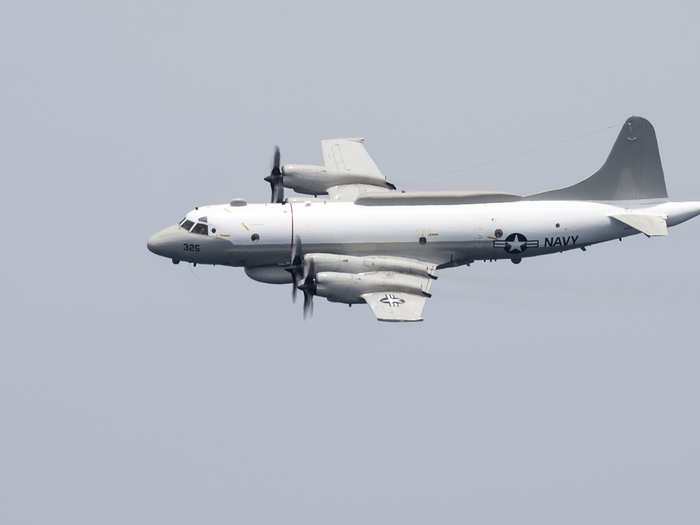
During this intercept, the Russian military aircraft came within five feet of the US Navy plane.
"For the Russian fighter aircraft to fly this close to the US Navy aircraft, especially for extended periods of time, is unsafe," US Navy Capt. Bill Ellis, Task Force 67 commander, said in a statement at the time. "The smallest lapse of focus or error in airmanship by the intercepting aircrew can have disastrous consequences. There is no margin for error and insufficient time or space for our aircrews to take corrective action."
The Department of State accused Russia of "flagrantly violating existing agreements and international law," CNN reported.
Russian Su-27 Flanker intercepted a US Air Force RC-135 reconnaissance aircraft on July 19, 2017.
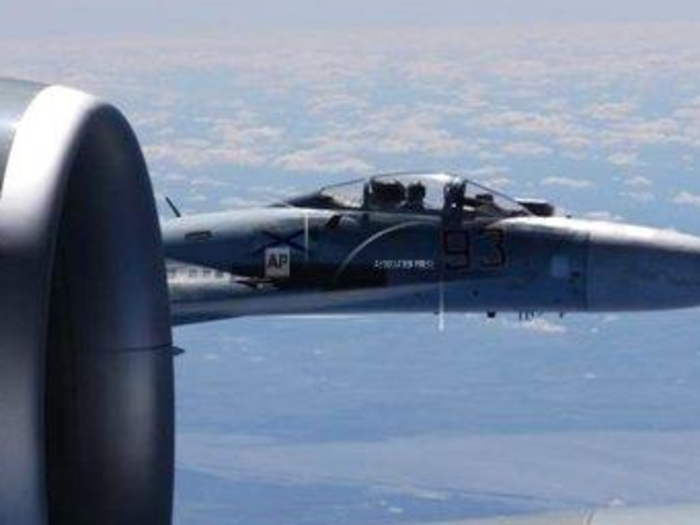
The Russian Flanker "rapidly" approached the US reconnaissance plane, coming within five feet of the US aircraft. The Russian pilot engaged in "provocative" maneuvers, according to US defense officials, who accused the Russians of flying "erratically."
Intercepts occur frequently, but while most are routine, some are considered "unsafe." This incident was classified as such "due to the high rate of closure speed and poor control of the aircraft during the intercept," Fox News reported.
In photos from the July 19 incident, the pilot can be seen clearly in the cockpit of the Russian Su-27. At those distances and speeds, the slightest miscalculation increases the odds of a mid-air collision.
Two Chinese Su-30 fighter jets flies inverted over a US Air Force radiation detection plane over the East China Sea on May 17, 2017.
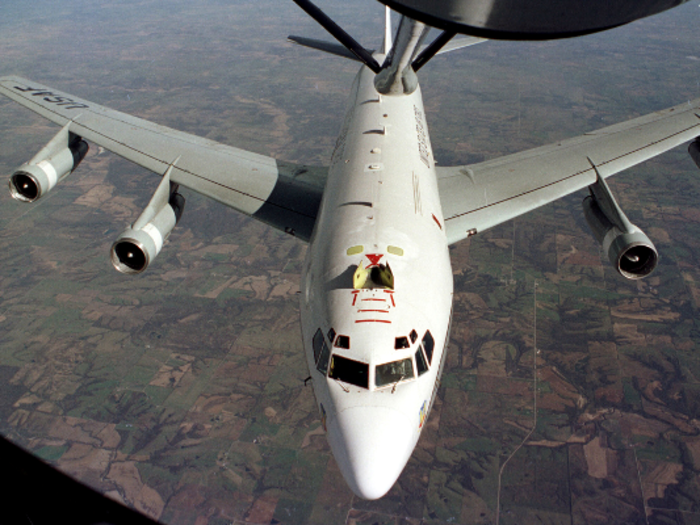
A pair of People's Liberation Army Air Force Su-30 derivatives came within 150 feet of the aircraft, with one flying inverted over the top of the American plane, US defense officials told CNN at the time.
The incident, which was deemed "unprofessional" by the US military, followed a close encounter a year earlier between the US Navy and a pair of Shenyang J-11 fighter jets. The fighters flew within 50 feet of an EP-3 Ares spy plane.
Two years prior in the summer of 2014, a Chinese fighter flew within 30 feet of a US Navy US P-8 Poseidon aircraft, doing a "barrel roll" over the top.
Russian Su-27 Flanker "barrel rolls" over a US Air Force RC-135 reconnaissance aircraft over the Baltic Sea on April 29, 2016.
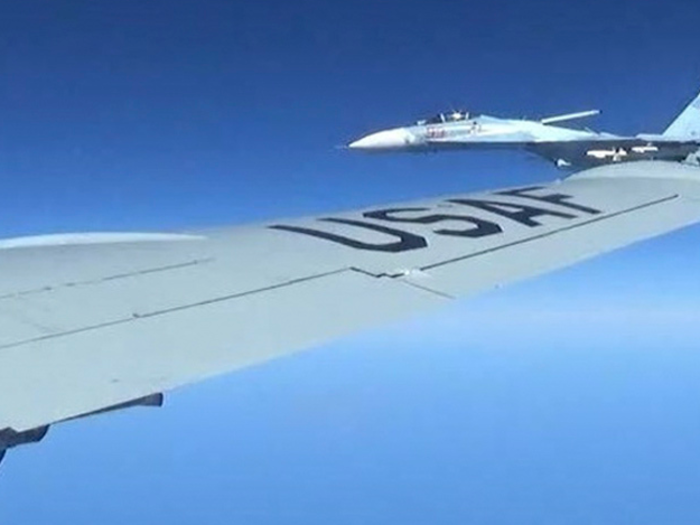
The Russian Flanker flew within 25 feet of the US plane before conducting a "barrel roll" over the top of the American aircraft.
"The SU-27 intercepted the U.S. aircraft flying a routine route at high rate of speed from the side then proceeded to perform an aggressive maneuver that posed a threat to the safety of the US aircrew in the RC-135," a defense spokesperson told CNN.
In an earlier incident that same month, a Russian pilot "performed erratic and aggressive maneuvers," including another barrel roll, within 50 feet of another US aircraft.
That April, Russian jets also buzzed the US Navy repeatedly, at one point coming within 30 feet of a US Navy destroyer.
Five Chinese vessels harass a US Navy surveillance ship in the South China Sea on March 8, 2009.
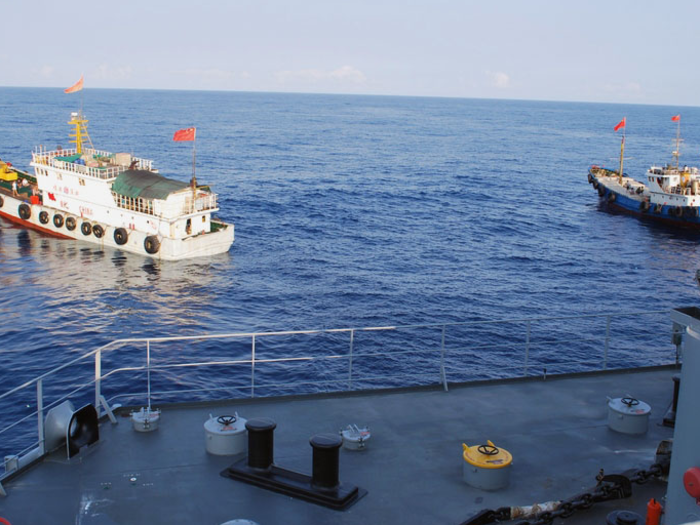
Five Chinese vessels — a mixture of military and paramilitary vessels — "shadowed and aggressively maneuvered in dangerously close proximity to USNS Impeccable, in an apparent coordinated effort to harass the US ocean surveillance ship while it was conducting routine operations in international waters," the Pentagon said in a statement.
The fishing vessels, assessed by experts to be part of China's paramilitary Maritime Militia, closed to within 25 feet of the Impeccable. One stopped directly in front of the US Navy ship, forcing it to make an emergency "all stop" to avoid colliding with the Chinese vessel.
The US crew members used firehoses to defend their vessel as the Chinese threw wood into the water and use poles to snag the acoustic equipment on the Navy surveillance ship. The Pentagon described the incident as "one of the most aggressive actions we've seen in some time."
A few years later in 2013, China and the US clashed again in the South China Sea, as a Chinese warship forced a US Navy guided-missile cruiser to change course to avoid a collision.
Chinese J-8 fighter jet collided with a US Navy EP-3 Aries spy plane over the South China Sea on April 1, 2001.
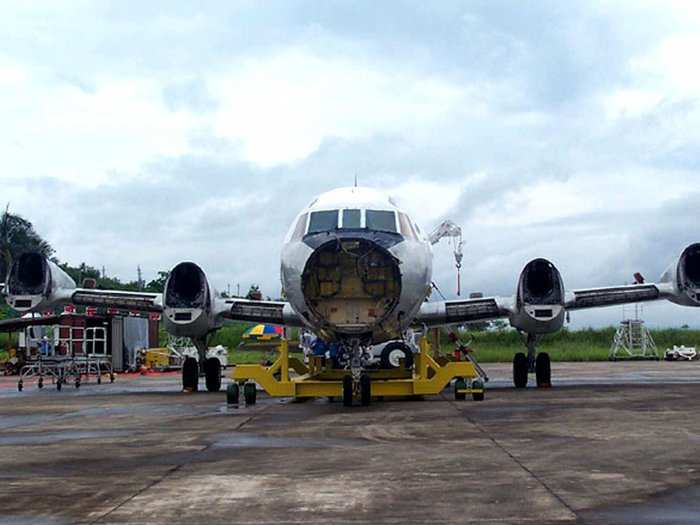
While most intercepts, no matter dangerous, pass without incident, some have been known to be fatal.
During the unsafe incident, the two Chinese J-8 interceptor fighters made multiple close passes near the US aircraft. On one pass, one of the aircraft collided with the US spy plane, causing the fighter to break into pieces and killing the pilot — Lt. Cdr. Wang Wei. The EP-3 was damaged in the collision and was forced to make an unauthorized emergency landing at Lingshui Airfield on Hainan Island.
The crash sparked an international incident between the US and China.
The incident was preceded by a pattern of aggressive intercepts that began in December 2000, according to a Congressional Research Service report. Between December 2000 and April 13, 2001, there were 44 PLA interceptions of US aircraft. In six instances, Chinese fighters came within 30 feet of the American planes, and in two cases, the distance was less than 10 feet.
Popular Right Now
Popular Keywords
Advertisement